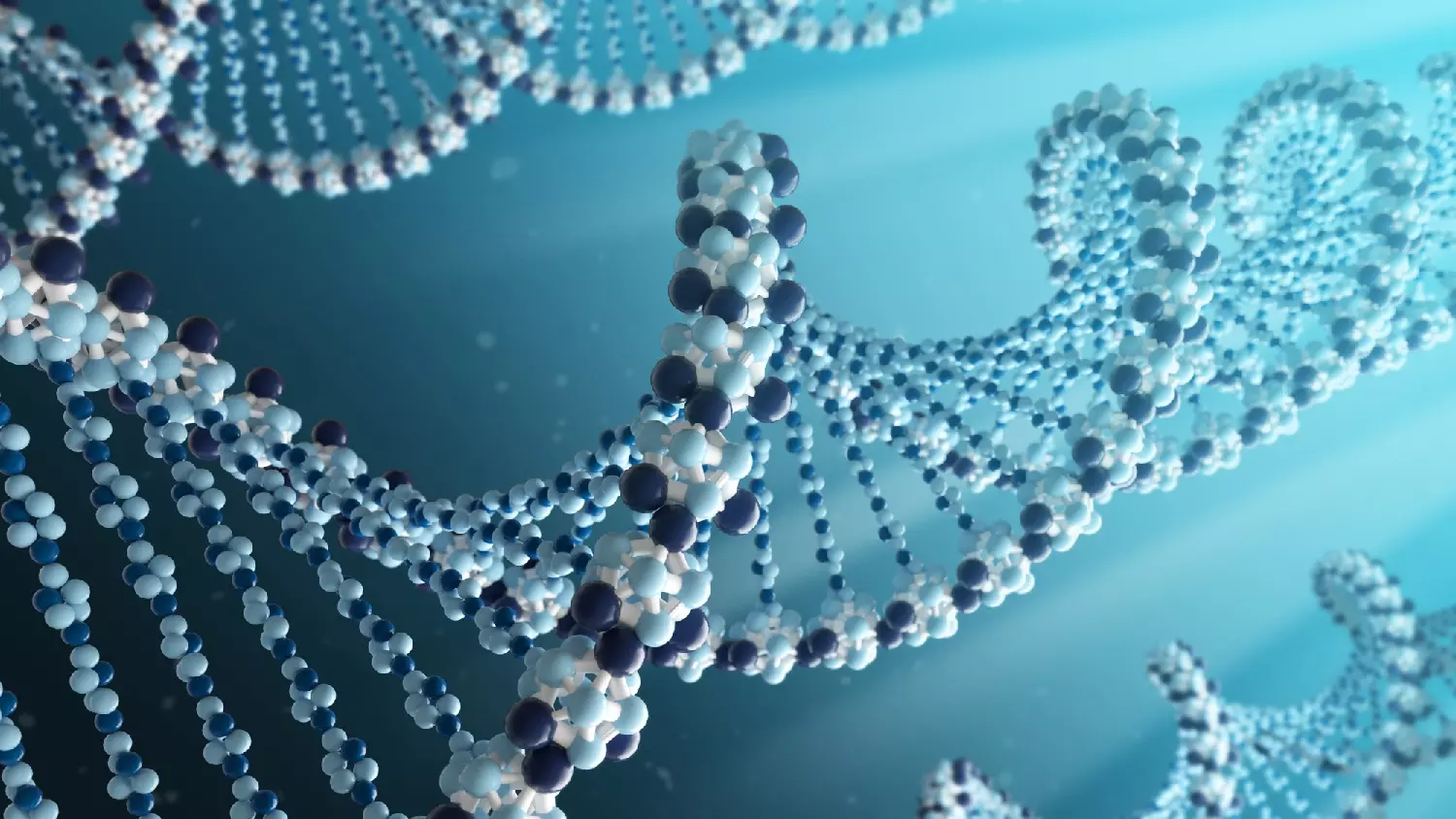[Originally published in July, 2017 as A Test to Determine Whether or Not We Have a Creator]
I have always said that evolution requires the presence of a large amount of junk DNA. Not only does it make sense that the “trial and error” nature of random mutations acted on by natural selection would produce a large amount of garbled nonsense in the genome, evolution simulations like Avida require a very large percentage of the virtual genome to be junk in order to get any evolution.
In an earlier article I discussed a piece by Salvador Cordova that seemed to make the case even more strongly. However, it was based on the work of Dr. Dan Graur, which I had not read. Thus, I couldn’t evaluate it in a detailed fashion. That has changed.
Just recently, a paper by Dr. Graur was published in Genome Biology and Evolution. In it, he makes his argument in a detailed, mathematical way. Having read his paper, I can now see why he made the following statement:
If ENCODE is right, then evolution is wrong.
If you don’t recognize the word “ENCODE,” it refers to a huge scientific initiative that is designed to determine what portions of the human genome are actually used by the various cell types that exist throughout the human lifespan. Their landmark publications in 2012 came to the conclusion that at least 80% of the human genome is functional. Dr. Graur says that if their conclusion is right, then there is no possible way we could have been the product of naturalistic evolutionary processes.
When I read his argument as discussed by Salvador Cordova, I was a bit skeptical. However, now that I have read his paper, I am inclined to agree.
Graur’s argument hinges on the idea that natural selection has to “weed out” harmful mutations that are bound to occur from time to time. If harmful mutations are allowed to accumulate in the genome, the results can be devastating to a population. As a result, natural selection not only tends to allow beneficial mutations to survive and be passed on to future generations, it also does not allow harmful mutations to survive and be passed on. Dr. John Sanford and Dr. Robert Carter have already shown that for at least one virus, natural selection is pretty terrible at the latter, but for now, let’s assume it works as well as evolutionists claim that it does.
Dr. Graur makes the obvious point that the larger the percentage of functional DNA in a genome, the more likely it is for a random mutation to be harmful. So for a given mutation rate, the higher the percentage of functional DNA, the larger the number of harmful mutations. The larger the number of harmful mutations, the less likely it is to have a child who doesn’t carry at least one harmful mutation. As a result, more children have to be born so that some of them have no harmful mutations. Those children are the ones natural selection will preserve.
He then makes a mathematical model that tries to determine how many children must be born to each set of parents given a specific percentage of functional DNA in the human genome. He uses a range of mutation rates that come from the literature, and he uses reasonable assumptions (from an evolutionary point of view) regarding natural selection. He comes to the conclusion that given reasonable assumptions, the percentage of functional human DNA is 10-15%. Given the most unrealistic assumptions, it cannot be more than 25%.
He then goes on to evaluate the ENCODE conclusion that at least 80% of the genome is functional. According to his model:
By using the lower bound for the deleterious mutation rate…For 80% of the human genome to be functional, each couple in the world would have to beget on average 15 children and all but two would have to die or fail to reproduce. If we use the upper bound for the deleterious mutation rate…the number of children that each couple would have to have to maintain a constant population size would exceed the number of stars in the visible universe by ten orders of magnitude.
Obviously, then, if ENCODE is right, evolution is wrong.
Now I have to add a couple of caveats here. First, his model is heavily dependent on the mutation rate assumption, and one can make a lot of arguments to suggest that it was lower in the past. Thus, using current measurements of mutation rates might not be the best thing to do. In addition, he defines “function” very specifically. He says that a segment of DNA is functional if there is at least one possible mutation in that segment that would result in some harm to the organism. While I find it unlikely, I suppose it’s possible that some functional sections of DNA are completely immune to the effects of mutation.
However, what I can say is this: It seems that given a few assumptions that are commonly made in evolutionary circles (measured mutation rates are reasonably indicative of past mutation rates, any truly functional region of DNA can be harmed by at least one kind of mutation, mutations are truly random, the human genome has been around for at least a couple of hundred thousand years, etc.), then if the ENCODE conclusion is right, evolution cannot possibly work.
So in the end, it seems to me that this provides an excellent test between the naturalistic evolutionary view and the view that we have a Creator. If the naturalistic evolutionary view is correct, we should eventually find out that ENCODE is wrong, and only a tiny percentage of the genome is functional. If ENCODE is right, then the naturalistic evolutionary view is wrong and we have a Creator. I honestly think that the validity of the ENCODE conclusion will be confirmed within the next 20 years, so this is really an exciting time to be a creationist!
I do want to end with one more caveat. I seriously doubt that any hard-core evolutionist (including Dr. Graur) will give up his or her fervently-held belief in a naturalistic origin myth once it is confirmed that ENCODE is correct. Most likely, they will do what evolutionists have done time and time again. When an evolutionary prediction is falsified (see here and here), they will “explain around” the data in order to preserve their faith in naturalistic processes. Nevertheless, as more creationist predictions turn out to be correct (like these), more truth-seeking scientists will realize that we have a Creator.







